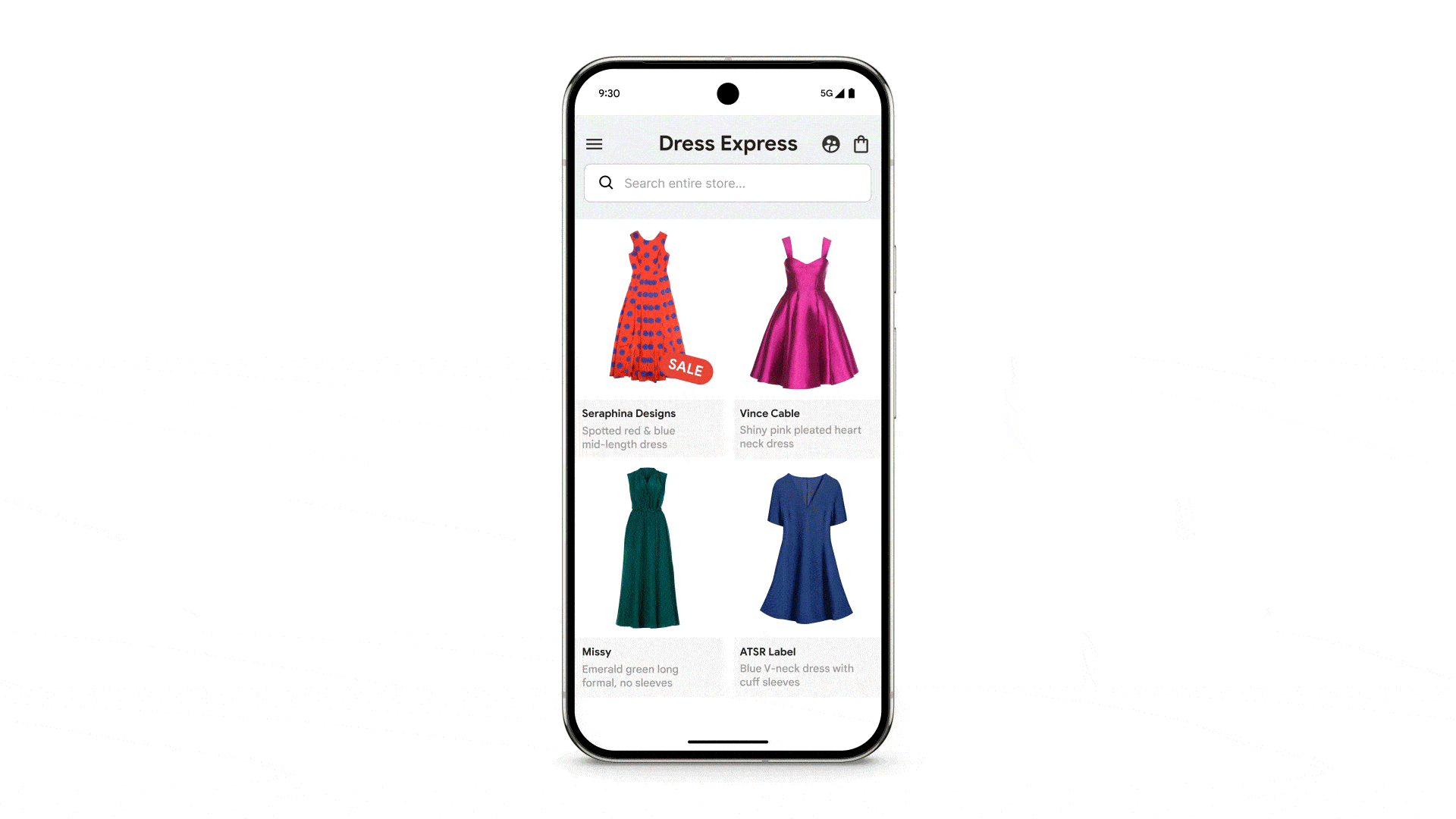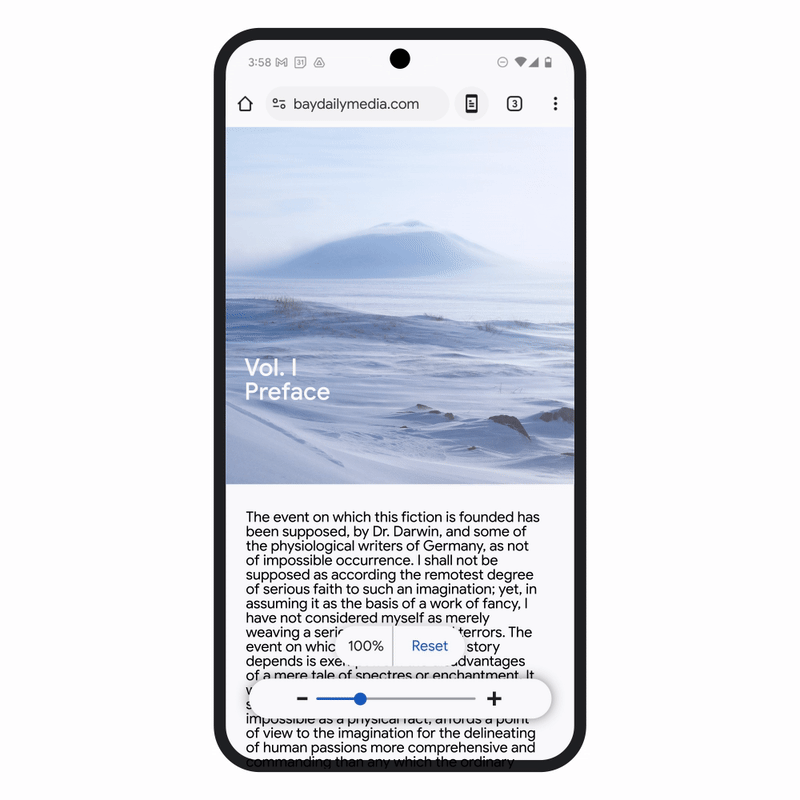To mark Global Accessibility Awareness Day 2025, tech giants Apple and Google have announced a wave of new accessibility features set to roll out across iOS, Android, Chrome and more. These updates aim to make digital platforms more inclusive for people with disability — offering improved support across mobile, desktop, and wearable devices.
Whether you use an iPhone, Mac, Android device, or Chromebook, these enhancements are good news for everyday accessibility. Below, we take a closer look at what’s coming up for these Digital Accessibility Updates.
Apple’s New Digital Accessibility Updates 2025
Apple continues to embed accessibility into its core design philosophy, with CEO Tim Cook stating, “At Apple, accessibility is part of our DNA.”
Here are some of the standout features:
Accessibility Nutrition Labels
A new section in the App Store will highlight the accessibility features available in each app — such as VoiceOver, captions, larger text, and more — so users can make informed choices before downloading.
All-New Magnifier for Mac
The popular iPhone Magnifier is now coming to Mac. Users can zoom in on their surroundings using a webcam or iPhone, making it easier to view whiteboards, documents or presentations. This tool is also integrated with the new Accessibility Reader, allowing real-world text to be transformed into customisable, legible formats.

Right Top – On the App Store, new Accessibility Nutrition Labels will highlight accessibility features within apps and games, allowing users to learn whether an app will be accessible to them before they download it. Live Listen controls come to Apple Watch with a new set of features, including real-time Live Captions.
Right Bottom – With Braille Access, users can quickly take notes in braille format and perform calculations. With Head Tracking, users will be able to more easily control iPhone and iPad with head movements.
Braille Access
iPhone, iPad, Mac and Apple Vision Pro will soon function as full-featured braille note takers. Users can launch apps, write notes, read BRF files and even transcribe conversations — all with a connected braille device.
Live Captions on Apple Watch
Live Listen sessions streamed through an iPhone can now be viewed on a paired Apple Watch, making it easier for users who are deaf or hard of hearing to follow conversations — even across the room.
Other Notable Updates
- Background Sounds: Now includes EQ customisation and automation via Shortcuts.
- Personal Voice: Now supports Spanish (Mexico) and requires just 10 short phrases.
- Motion Cues, Music Haptics, Eye & Head Tracking, and Switch Control for BCIs all see improvements.
- Voice Control: Adds support for Korean, Mandarin, Arabic, and more.
- CarPlay: Gains Large Text and new Sound Recognition alerts.
- Share Accessibility Settings: Lets you temporarily copy your setup onto another device.
👉 Explore Apple’s full list of 2025 updates
Google’s Digital Accessibility Updates 2025
Google’s updates span Android, Chrome, and Chromebooks, using AI-powered tools to enhance everyday access for people with disability.
TalkBack + Gemini AI
Gemini AI is now integrated more deeply into TalkBack, Android’s screen reader. Users can ask questions about images — even if there’s no alt text — and receive detailed AI-generated responses about content on their screen.

Expressive Captions
These real-time captions now reflect how things are said — from the drawn-out cheer of “Amaaazing!” to subtle vocal expressions. More non-verbal sounds like whistling and coughing are also identified. Now available in Australia for devices running Android 15+.

Student Accessibility Tools
- Face Control: Hands-free Chromebook navigation using facial gestures.
- Caret Browsing: Navigate the web using only your keyboard.
- ChromeVox: Screen reader that now works with Braille Displays for reading captions.
- Reading Mode: Text-to-speech support with natural-sounding voices.
Chrome Accessibility Updates
- PDF OCR (Optical Character Recognition*): Chrome now recognises scanned PDFs so screen readers can read them aloud.
- Page Zoom: Zoom in on Android without breaking the layout of web pages.

👉 See Google’s 2025 accessibility updates in full
Everyday Apps That Support Accessibility
These changes are more than just technical upgrades — they represent real steps towards a more inclusive digital world. For NDIS participants and others living with disability, these tools can support better communication, greater independence, and improved access to education, work, and community life.
If you missed last week’s blog, we spotlighted some of the best accessibility apps that support daily living for people with disability — from communication and scheduling tools to apps that assist with reading, budgeting and more.
📱 Read our guide to top accessibility apps here
At Ability Assist, we’re passionate about technology that empowers. If you’d like to learn more about how we support participants through assistive tech and personalised supports, get in touch with our team today.
📞 Call us on (03) 9306 1770 or contact us online
*OCR stands for Optical Character Recognition. It’s a technology that allows computers to recognise and extract text from images, scanned documents or PDFs. For example, if you open a scanned document in Chrome, OCR can automatically detect the words so they can be read aloud by a screen reader, searched, or copied. This is especially helpful for people who are blind or have low vision.
Read More